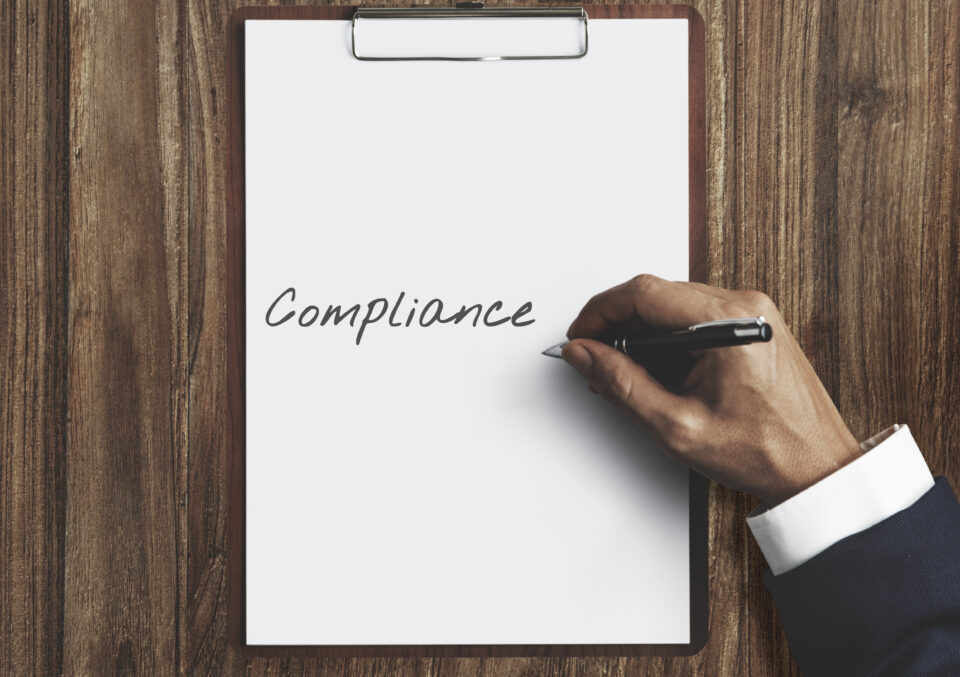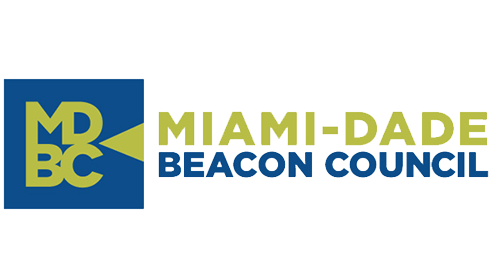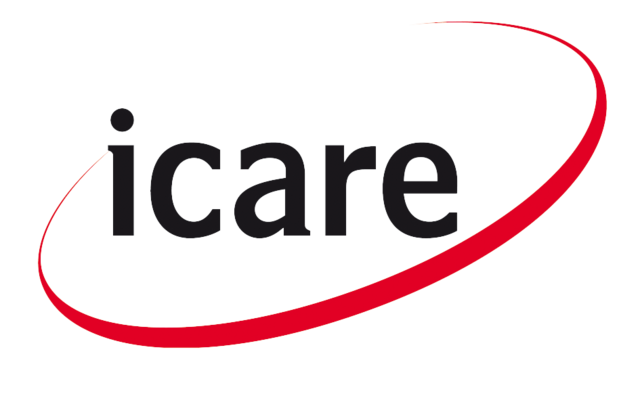
This article first appeared in El Mercurio on July 31, 2017.

Understanding compliance and using it as a preventive tool against corruption is crucial for any company. In our case, Chile is recognized for being one of the least corrupt countries in Latin America, when compared to its peers. According to the last Corruption Perception Index of Transparency International, it ranked second in the region and was only surpassed by Uruguay, while at the general level it was positioned in 24th place. Not bad, understanding the difficult scenario that nations like Brazil, Peru, and Argentina are going through, affected by corruption scandals in which some investigations have already resulted in prison sentences, as happened with the former President of Brazil, Lula da Silva.
Always looking abroad, shocked by the facts, our society still does not lose its capacity for astonishment, even when some four years ago some of the bad practices that put the country’s businessmen and politicians in trouble began to be uncovered. How was it possible that important and reputable Chilean executives were incurring illicit activities! As these were very “foreign” issues in Chile, it was necessary to open our eyes, open the debate and realize that our country was not exempt from this scourge. The study A look at the soul of Chile, Ten years of the Bicentennial National Survey, by the Catholic University in conjunction with GfK Adimark, revealed that 80% of Chileans consider that we are a corrupt country, and 7% claim to have paid a bribe to carry out a procedure or obtain a public service.
With the entry into force of the Law on Criminal Liability of Legal Entities – approved by Congress in 2009 for our country to join the OECD – committing crimes such as bribery and money laundering implied a brake on bad practices, understanding that those who incurred in corruption were risking penalties ranging from heavy fines to the dissolution of the firm. In this sense, corruption scandals such as the La Polar case became known, then came the irregular financing of politics, where the most interesting case to comment on is the Corpesca case, in which the now disqualified senator Jaime Orpis was formalized for tax crimes, bribery, and tax fraud and in which the fishing company linked to the Angelini group became the first company to be formalized under this law. Although the company had contracted a model, it did not implement it or follow a crime monitoring program.
Crime prevention
The awakening of conscience in the boards of directors and top executives was beginning: indeed, the company I am part of is likely to fall into corruption. This does not mean that it will happen, it is just a probability. The challenge is to be prepared to face it in a preventive way and not reactive, as it usually happens.
Precisely, companies can opt for the implementation of crime prevention models that seek to monitor procedures, if there is any irregularity, the controls will detect the fault and give the alert. But it is not only a matter of getting certified, the firm must have a compliance area, articulated with the rest of the divisions and, of course, with the board of directors. I am not talking about a compliance area isolated from the rest. It is not a matter of building policies and management systems in parallel, but of reviewing, strengthening, and using the tools that are specific to the business to prevent the occurrence of corporate crimes. To achieve internal consistency and aligned incentives, making it easier for the board to exercise its non-delegable duty of direction and supervision, with built-in corporate integrity considerations.
In this sense, the certifications of crime prevention models became the way to analyze how well-implemented was the active fight against corruption in Chilean companies. The growth has been rather linear; as of March of this year, about 165 groups of companies have a current certificate. This is equivalent to just over 700 legal entities, representing around 30% of Chile’s largest companies.
Compliance goes beyond how many companies can obtain their certification. The private sector must interpret this accreditation as a change of attitude, a corporate cultural change, forged through habit, where in addition to measuring results, processes are measured.
We are just starting, there are still many myths circulating about the law of Criminal Liability of Legal Entities. Instead of having a preconceived opinion, it is necessary to deal with the subject to avoid regrets that, in general, have to do with the loss of reputation and loss of profits for which we work hard every day.
By Susana Sierra











